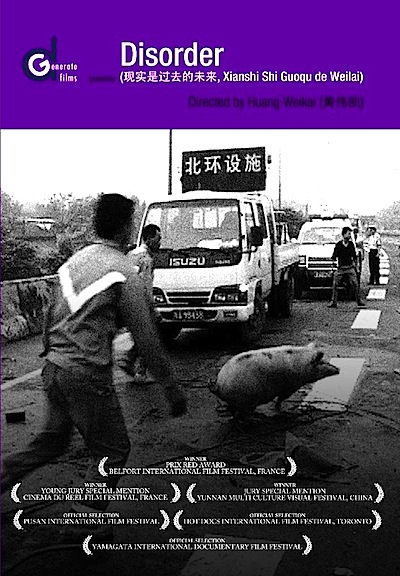
By Jason Apuzzo. THE PITCH: Sexy alien teenagers flee to planet Earth on the run from another alien race out to exterminate them. One such teenager, played by Brit star Alex Pettyfer, hides out in a small Ohio town (‘Paradise’) where he falls for a cute blonde at his high school – played, conveniently enough, by Glee‘s Dianna Agron – and otherwise learns to love Heartland America, pickup trucks, pet puppies and middle class life.
THE SKINNY: This very solid, D.J. Caruso/Michael Bay adaptation of the popular young adult novel, I Am Number Four, works effectively because of its excellent casting and detailed attention to the emotional lives of its young characters. The film also works as an affectionate encomium to the values and lifestyle of middle America, right at a time when those things seem most under assault. Frankly, I never thought Ohio could look like such a great place to live – especially post-LeBron.

WHAT WORKS: • The cast, top to bottom. Alex Pettyfer as the teen alien ‘John Smith,’ and Dianna Agron as his girlfriend Sarah steal the show. Pettyfer comes across as a brooding hunk, and Agron has an ironic, quirky quality to her that makes her appealing. The two have definite chemistry – and, not surprisingly, they’ve apparently been dating off-screen since making this film.
• The depiction of ‘Paradise,’ Ohio as, well, a ‘paradise’ of warm suburban families, football games, Halloween carnivals … I’m ready to move right in. Hollywood so rarely tries to make the Heartland look appealing; here they actually make it look lyrical and inviting.
• Aussie Teresa Palmer nearly steals the show in the third act when she swoops in from Planet Michael Bay on her Ducati motorcycle and starts laying waste to the alien bad guys. Even though she looks to be about 85 pounds – and has a thin, raspy voice – she’s perfectly convincing as an ass-kicker due to the vaguely insane look in her eye (á la Jolie). Also: Aussie accents are sexy, especially when burnished by cigarette smoke.
• The alien creatures were excellent, and suitably menacing. Nice wok, as always, by ILM.
WHAT DOESN’T WORK: • The appearance of the alien bad guys. Essentially they’re 7-foot tall white guys with tattoos, pig-like faces, wearing dark trenchcoats. For some reason they reminded me of ‘Birdman’ Chris Andersen of the Denver Nuggets. It was, however, admittedly rather creepy when they walked into the high school with assault rifles near the end of the film – because they looked like the Columbine killers.
• The general sense that you’ve seen films like this a thousand times; especially films featuring white teenage guys with ‘special powers,’ who need to learn to use them responsibly, etc. Just for variety’s sake, I’d love to see someone make a movie about, say, a chubby Hispanic gal with ‘special powers’ who needs to use them responsibly. Continue reading Aliens in the Heartland: LFM Mini-Review of I Am Number Four
